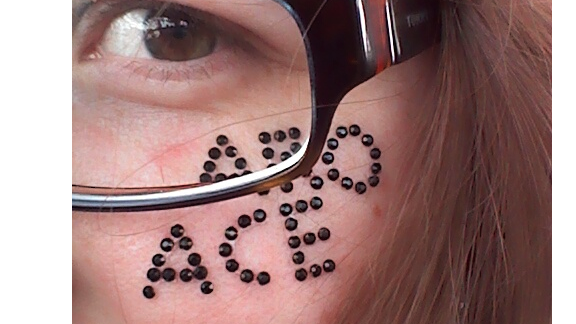

There is no clear line where romantic action ends and sexual action begins.

Romantic actions include dinners, movies, long walks on the beach, sharing hobbies, and even kissing or cuddling. Romantic relationships are typically defined by the involvement of romantic actions while disregarding any sexual actions. What exactly constitutes a romantic relationship or romantic attraction is difficult to define, as some asexuals reject the romantic/aromantic dichotomy altogether. Some reasons may include companionship or desire for a deeper connection. Sometimes aromantics will desire relationships for reasons other than just attraction. However, as mentioned in the Aromantic FAQ, not all aromantic people are asexual there is just as much variance in sexual orientation with aromantic individuals as there is with romantic individuals. It is common for aromantics to additionally identify as asexual. The prefix "a-" means "without" so the word quite literally means "without romance." However, as with many orientations and identities, aromantics can fall somewhere on a spectrum. Aromantic individuals by definition do not experience romantic attraction. These also result in different classifications such as heteroromantic attraction (romantic attraction to a person of a different gender), homoromantic attraction (romantic attraction to a person of the same gender) and biromantic/ panromantic attraction (romantic attraction to two or more genders). This form of interest develops into attraction over time, depending on how each individual relationship evolves and the formation of an emotional connection with the person of interest.ĭifferent combinations of romantic orientations exist as counterparts to sexual orientations. Qualities that are not instantly available, such as psychology, genetics, and cultural influence more often lead to a romantic interest as opposed to sexual. Aesthetic attraction is often associated with this kind of romantic attraction.

Physical qualities, while more commonly associated with Primary sexual attraction, are the most immediately obvious traits involved in romantic desire. Romantic attraction can be based upon various traits, qualities, or aspects. For example there can be an aromantic heterosexual who does not experience romantic attraction but is sexually attracted to the opposite gender. Congruent romantic and sexual orientations can also occur, however. For most people both orientations are congruent within the same individual, but mixed combinations of romantic and sexual orientations are common in the aromantic community. It is important to understand the distinction between sexual orientations and romantic orientations. Romantic attraction can occur with any person of any gender. Many asexual people experience romantic attraction even though they do not feel sexual attraction. Romantic attraction is an emotional response, which most people experience at one point or another, that results in a desire for a romantic relationship with the recipient.


 0 kommentar(er)
0 kommentar(er)
